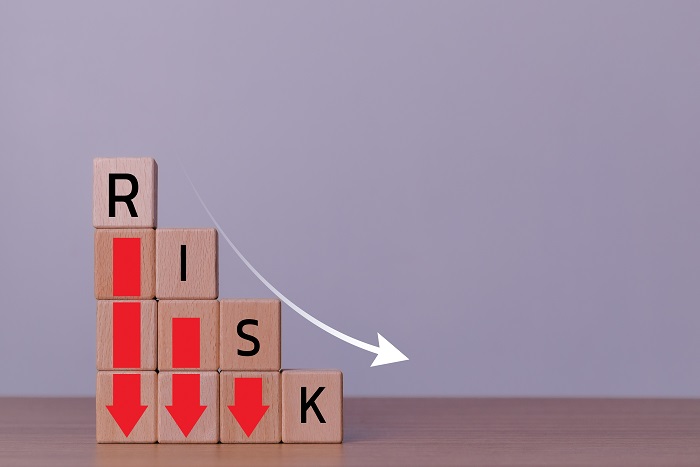When I was a kid, my family was solidly middle-class. My dad was an assistant principal in public schools, and my mom didn’t work until I was almost out of the house. We had everything we needed and some things that we wanted. It was a great way to grow up. It instilled a work ethic and an appreciation for the value of a dollar that I still have to this day.
It also made me very careful with my money.
When I was in my early 20s right after college, I was living in New York City and working an entry-level job, so I had to watch every nickel.
A girl that I was dating broke up with me because she always wanted to go to nice places and do expensive things and expected me to pay for it. When I resisted, she sought out greener pastures. I was bummed because I liked her, but I wasn’t about to take on a bunch of credit card debt for a girl I’d been seeing for six weeks.
Crisis averted.
The next year, my wife and I got together. Her upbringing was very similar to mine, she has a tremendous work ethic, and she isn’t a big spender. We usually agree on financial decisions, big and small.
Now that I’m older and more established, I don’t have as hard of a time spending money as I did years ago.
That being said, when I invest or trade, I am very protective of my capital.
All investing and trading carries risk. I am very aware of what the risk is, how much I should be compensated for taking on that risk, and how much I’m willing to lose if things go wrong.
In fact, thinking about things going wrong is how I approach investing and trading.
When I was young, it was all about how big of a profit I could make. Now that I’m older, while I certainly expect to make money, preservation of capital is very important to me.
Whether I’m buying a safe investment like a bond or trading a stock that I only expect to hold for a few hours, I know before I click “buy” how much I’m willing to lose and how to ensure I don’t lose more than that.
I always imagine the worst-case scenario and go from there.
- What if the market crashes and doesn’t rebound for a few years?
- What if the stock drops 90% on unexpected news?
- What if the option becomes worthless?
Here are a few practical steps to avoid a disaster when things don’t go your way.
Position Size
The most important thing you can do is to set an appropriate position size.
If I’m trading an option or penny stock, I assume it will go to zero. (It probably won’t, but it’s safer to assume that it will, because every once in a while, it does.)
So if the most I’m willing to lose on the trade is $2,000, then I will only buy $2,000 worth of the stock or option.
For something with intermediate risk like a dividend stock or established growth stock, I may use a 25% trailing stop. If I’m willing to lose $2,000, that means I can invest $8,000, and if it goes down 25% from the start, I’ll get stopped out with a $2,000 loss.
Use Trailing Stops
Trailing stops are excellent tools to limit your losses. They’re not perfect – if a stock gaps lower and moves below your stop, your loss could be more than 25%. But generally speaking, they are effective ways of managing risk.
For those who are unfamiliar with trailing stops, you simply choose a certain price or percentage below your entry point that represents the amount you’re willing to risk. If the stock trades at that price, you sell your position at the next available price. It could be a little lower if the stock is falling hard, or it could be a little higher if the stock upticks.
You can also change the stop to protect your profits or lower your risk. For example, perhaps you start with a 25% trailing stop, but as the stock goes higher and you have a decent gain, you tighten it to 10% so that a winner doesn’t become a loser.
Remember Why You Bought the Stock
There’s a saying that goes, “Don’t let a trade become an investment.” It means if you buy a stock because you believe it will rise in the short term, don’t hold it long-term if it doesn’t go higher.
If you bought a stock because you saw a signal from a technical indicator, are trading a certain strategy or system, or even got a hot tip, but then the stock doesn’t do what you expect by the time you expect it to, sell the position.
Hope is not a good trading strategy. It rarely works out.
You can also turn that maxim around. If you bought a stock as an investment to hold for years because you like the company’s fundamentals and then it suddenly shoots higher, that doesn’t mean you should grab the gains and walk away.
Great companies become giant winners in a portfolio. Just because a stock rises 20% in a short period doesn’t mean it can’t triple or even be a 10-bagger over the years. You never want to cut your winners short if the fundamentals still hold up.
Use a trailing stop if you need to, but don’t sell a long-term investment just because you have a gain.
The best way to improve your investing and trading results is to not lose money. Take the necessary steps to minimize the pain when a stock doesn’t do what you want it to.

